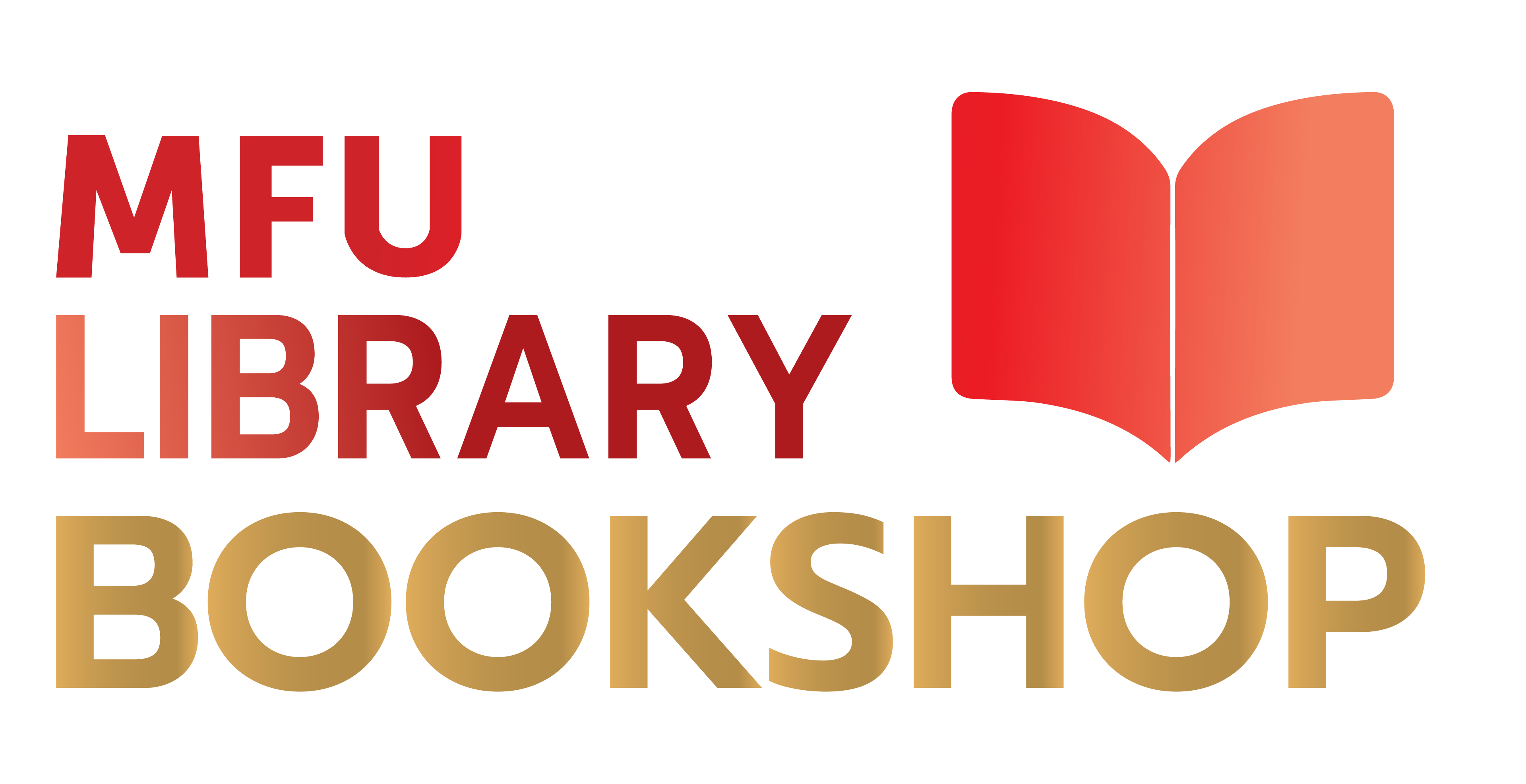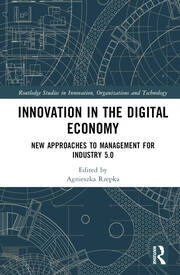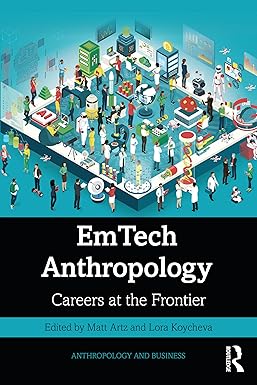
Book
Introduction to Solid State Chemistry
ISBN : 9780443134265
Author : James E. House
Publisher : Elsevier
Year : 2024
Language : English
Type : Book
Description : Cover image Title page Table of Contents Copyright About the author Preface A note on units Chapter 1 Energy and space factors in ionic crystals Abstract 1.1 Bonds between atoms 1.2 Energy considerations and Madelung constants 1.3 Ionic sizes and crystal environments 1.4 The Kapustinskii equation 1.5 Crystal forms 1.6 Common crystal structures 1.7 Electrostatic bond character considerations 1.8 Other uses of thermochemistry cycles 1.9 Hardness References Chapter 2 Defects in solids Abstract 2.1 The Boltzmann distribution law 2.2 Schottky defects 2.3 Frenkel defects 2.4 F-center defects 2.5 Substituted ion defects (impurities) 2.6 Kröger–Vink notation 2.7 Consequences of defects 2.8 Extended defects References Chapter 3 Metals Abstract 3.1 Structures of metals as arrangements of spheres 3.2 Bonding in metals 3.3 Heat capacity of metals 3.4 Electrical and thermal conductivity 3.5 Alloys 3.6 Zintl phases References Chapter 4 Diffusion, sintering, and annealing Abstract 4.1 Energy factors in diffusion 4.2 Diffusion mechanisms 4.3 Sintering 4.4 Annealing References Chapter 5 Phase transitions and thermochromism Abstract 5.1 Methods of thermal analysis 5.2 Dilatometry 5.3 The nature of some phase transitions 5.4 Phase transitions in metals 5.5 Thermodynamics of phase transitions 5.6 Mechanisms of phase transitions 5.7 Thermochromism References Chapter 6 Kinetics and mechanisms of reactions in solids Abstract 6.1 Extent of reaction 6.2 Effects of particle size and sample treatment 6.3 Effect of temperature on rates 6.4 First-order reactions 6.5 Second-order reactions 6.6 The parabolic rate law 6.7 Contracting volume rate law 6.8 Rate laws based on nucleation 6.9 Some illustrations based on Avrami rate laws 6.10 Autocatalysis 6.11 A summary of rate laws 6.12 Illustrations from the dehydration of copper sulfate pentahydrate 6.13 Nonisothermal kinetics References Chapter 7 Some techniques for transforming solids Abstract 7.1 Reactions of solids 7.2 Mechanochemistry and ball milling 7.3 Ultrasound 7.4 Carbothermic reduction 7.5 The Acheson process 7.6 The Verneuil (flame fusion) method 7.7 The Czochralski method 7.8 Chemical vapor deposition 7.9 Spray pyrolysis References Chapter 8 Reactions of solid coordination compounds Abstract 8.1 Some basic aspects of coordination chemistry 8.2 Crystal field effects in spinels 8.3 Ligand field effects in forming transition states 8.4 Linkage isomerization 8.5 Anation 8.6 Geometrical isomerization 8.7 Racemization 8.8 Some concluding remarks References Chapter 9 Solids and energy Abstract 9.1 Batteries 9.2 Piezoelectric effect 9.3 Seebeck and Peltier effects 9.4 Semiconductors 9.5 Light-emitting diodes 9.6 Utilization of solar energy 9.7 Photovoltaic compounds containing main group elements 9.8 Photovoltaic perovskite compounds 9.9 Splitting of water References Chapter 10 Some solids of significance Abstract 10.1 Calcium carbonate and lime 10.2 Concrete 10.3 Aluminum oxide and silicon carbide 10.4 Aluminum oxynitride (ALON) 10.5 Titanium dioxide 10.6 Carbon 10.7 Silica and silicates 10.8 Zeolites 10.9 Glass 10.10 Silver iodide References Index








